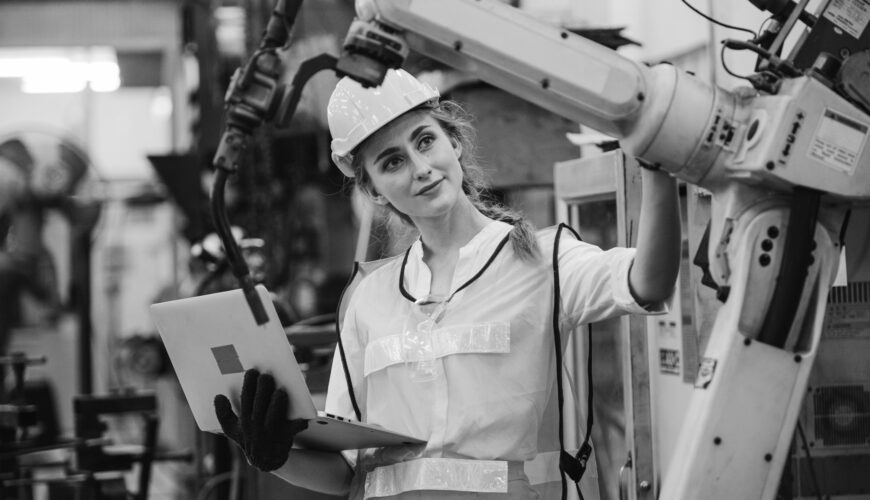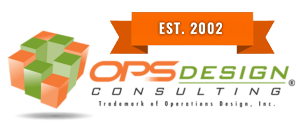RaaS or Robots As A Service is a great way to lower the financial barriers to automation and speed up implementation. In recent years, automation has steadily made its way into warehouses, fulfillment centers, and distribution hubs. As the pressures on supply chains grow—driven by labor shortages, rising consumer expectations, and cost concerns—companies are looking for smarter, more flexible ways to stay competitive. For many, Robots as a Service (RaaS) is quickly becoming a go-to option.
RaaS is a business model that lets companies lease robots through a subscription, much like how Software as a Service (SaaS) transformed the way we use business tools. Rather than purchasing expensive machines outright, companies can now rent robotic equipment on demand, accessing the benefits of automation without the major upfront investment.
In 2025, this model is gaining momentum across industries. From retail and e-commerce to food logistics and manufacturing, more businesses are turning to RaaS to keep operations moving while managing costs and risk.
Why RaaS Makes Sense Right Now
1. It’s Cost-Effective
Buying robotic equipment outright can cost hundreds of thousands of dollars, not including setup, maintenance, and software updates. RaaS allows companies to avoid those capital costs by shifting to a monthly or usage-based fee. This makes automation accessible even to small and medium-sized operations that previously couldn’t afford it.
2. It’s Flexible and Scalable
Whether you’re dealing with seasonal demand or unexpected shifts in your supply chain, RaaS gives you the flexibility to scale your robotic workforce up or down. You can try out new systems, expand them if they work, or cancel if they don’t—without being locked into a long-term investment.
3. It Speeds Up ROI
Because you’re not paying everything upfront, the return on investment (ROI) can be realized more quickly. Leasing robots instead of buying them also spreads out your costs, which helps stabilize cash flow.
4. Maintenance and Upgrades Are Handled
Most RaaS agreements include service, support, and updates. If a robot breaks down, it’s replaced. If the software needs an upgrade, it’s done remotely. This lowers the burden on your in-house teams and helps keep systems running with fewer interruptions.
What Are the Trade-Offs?
RaaS isn’t perfect for everyone. One of the biggest limitations is customization. Because these are leased systems, they’re often built for general use rather than tailored to a specific process. If your operation requires something very specialized, a fully owned and custom-built system might be more appropriate.
There are also considerations around vendor reliability and data privacy. Since your robotics infrastructure is partially in someone else’s hands, you’ll need to choose partners you trust, with solid service agreements and transparent data policies.
Who’s Using RaaS—and How?
Across industries, companies are using RaaS in creative and practical ways:
- Warehouses use robots to transport goods across large facilities or assist with sorting and packaging.
- Retailers lease robots to handle high order volumes during peak seasons.
- Manufacturers deploy robotic arms for repetitive or precision assembly tasks.
- Food and beverage companies use autonomous mobile robots (AMRs) to move goods in cold storage environments, where human labor is harder to staff.
Many of these companies aren’t large multinationals—they’re mid-sized businesses looking for ways to compete more effectively without overstretching budgets or personnel.
Looking Ahead: A Smarter Approach to Automation
As we look further into 2025, the trend is clear: more businesses are choosing flexibility over ownership. RaaS fits into a broader movement in supply chain management—one that prioritizes agility, cost control, and responsiveness.
Instead of sinking resources into complex systems that may take years to pay off, companies can now adopt automation step by step, testing what works and adapting as they go. This makes it easier to innovate without overcommitting—and that’s a major advantage in today’s volatile logistics landscape.
Final Thoughts
Whether you’re just exploring automation or already experimenting with robotics, RaaS is a practical way to bridge the gap between ambition and execution. It lowers the financial barrier, speeds up implementation, and gives you room to grow.
As more companies look for smarter ways to modernize their operations in 2025, RaaS isn’t just an option—it’s becoming a key part of the conversation. If you’ve been curious about automation but hesitant to commit, RaaS might be exactly the starting point you’ve been waiting for.


